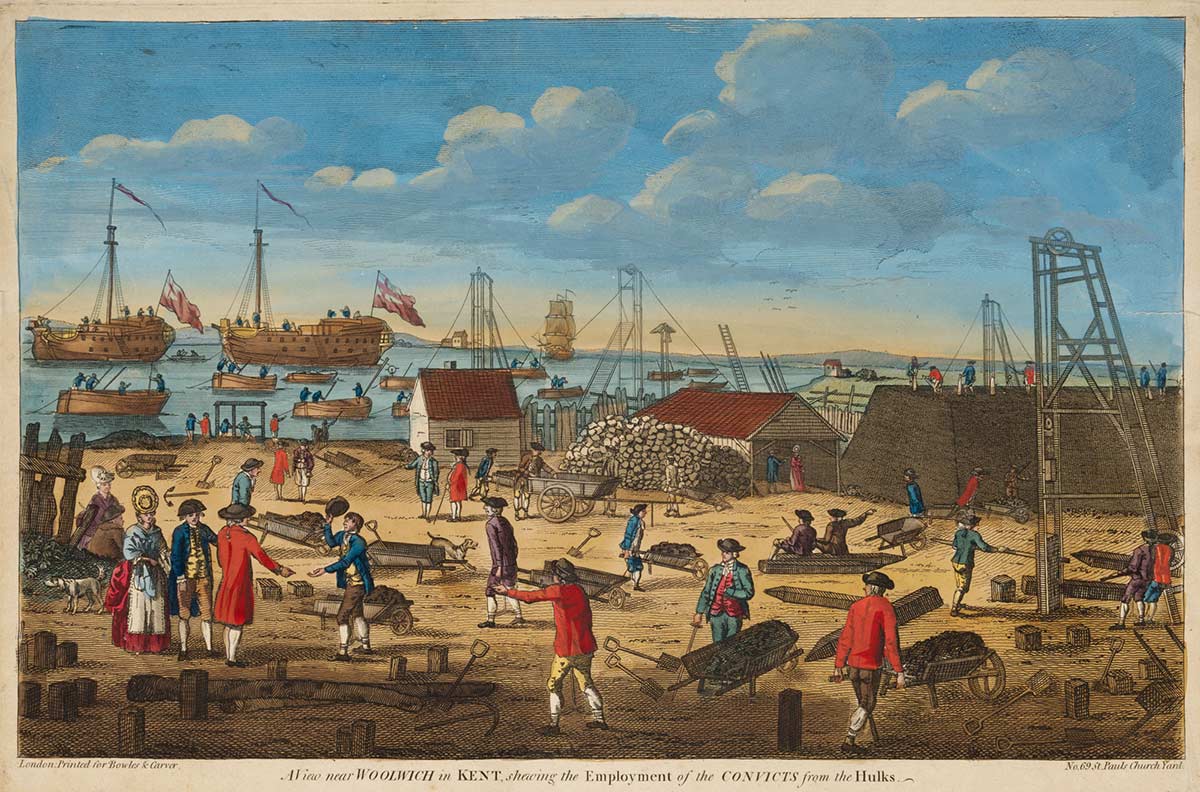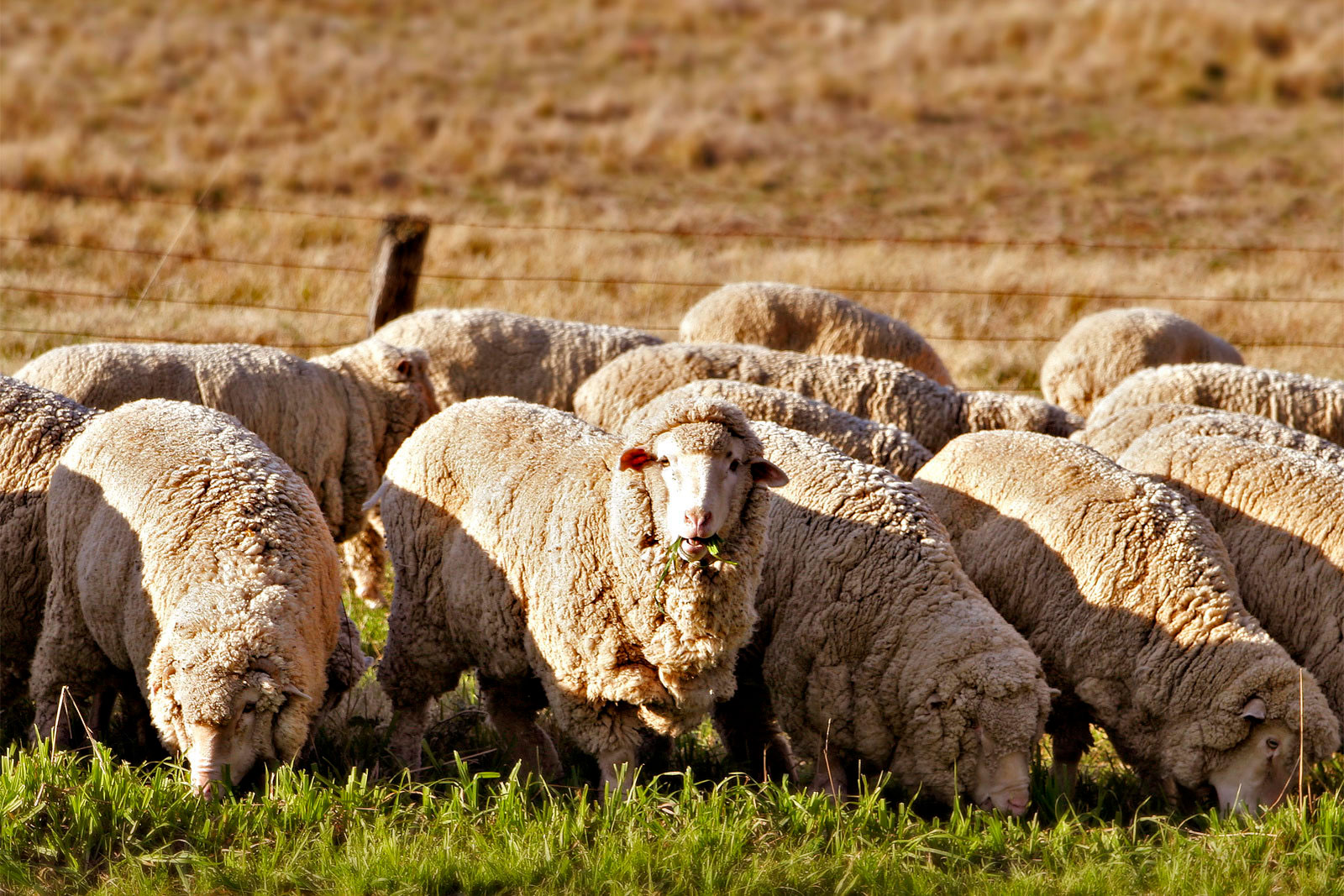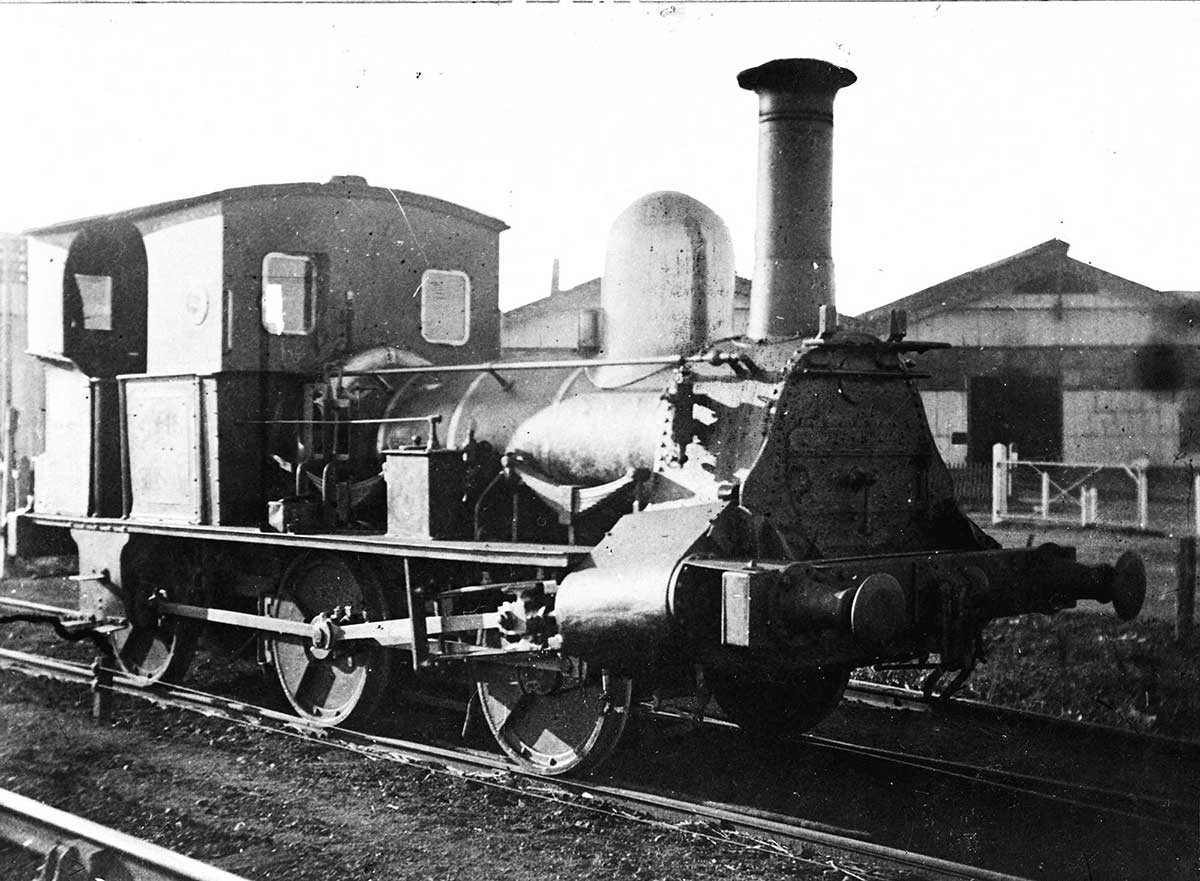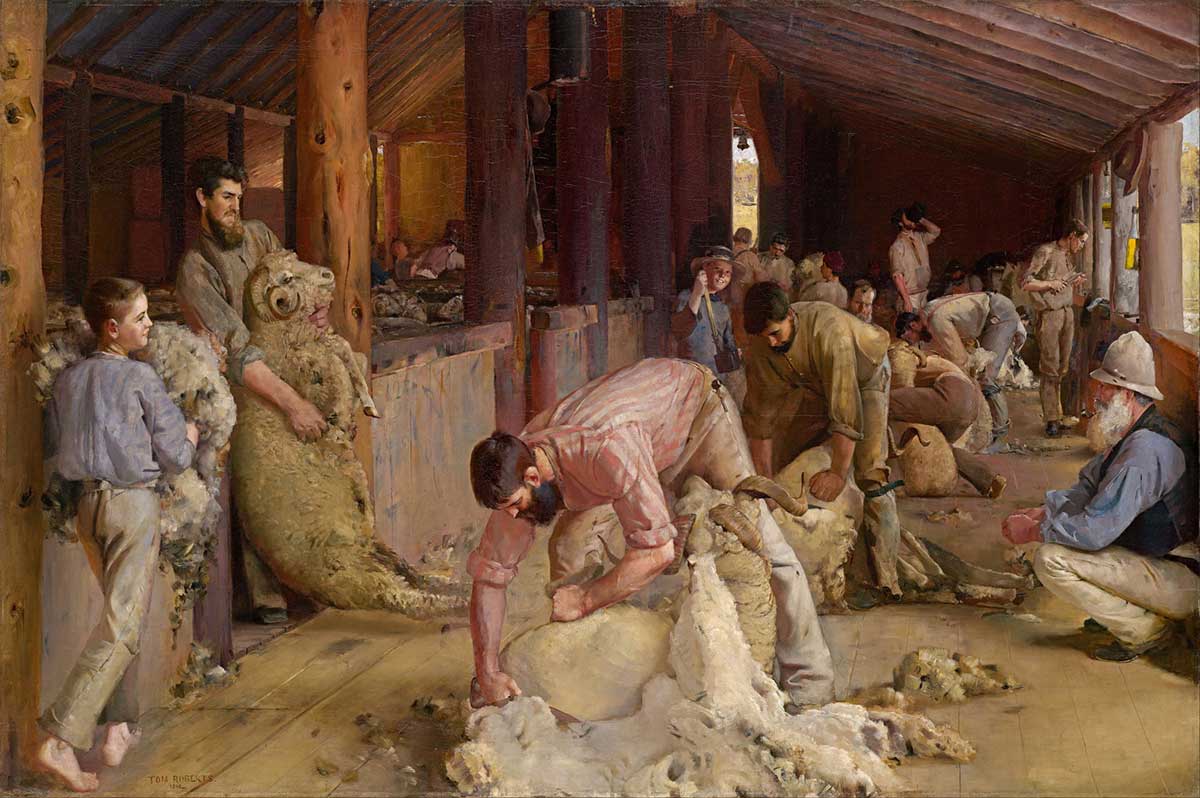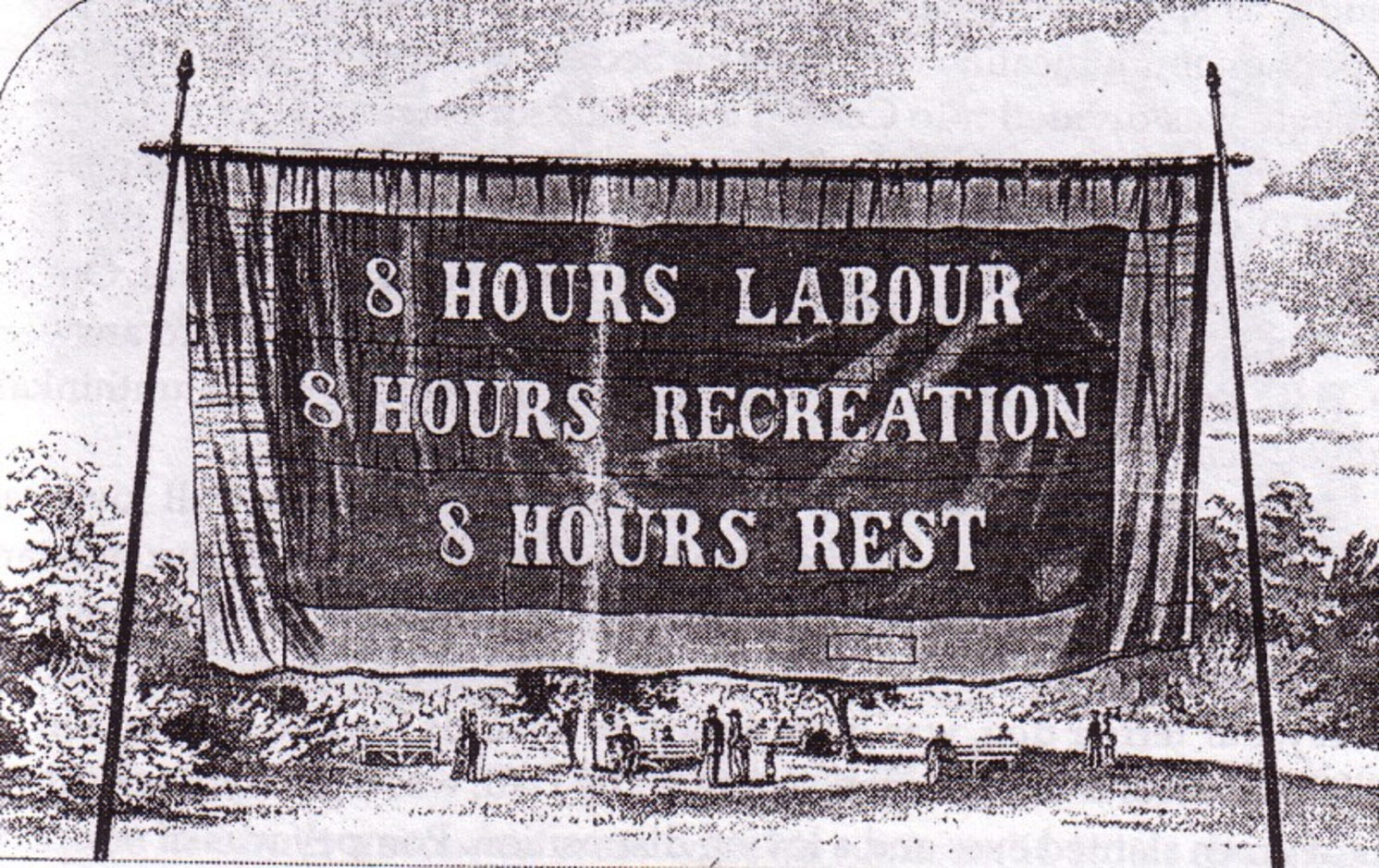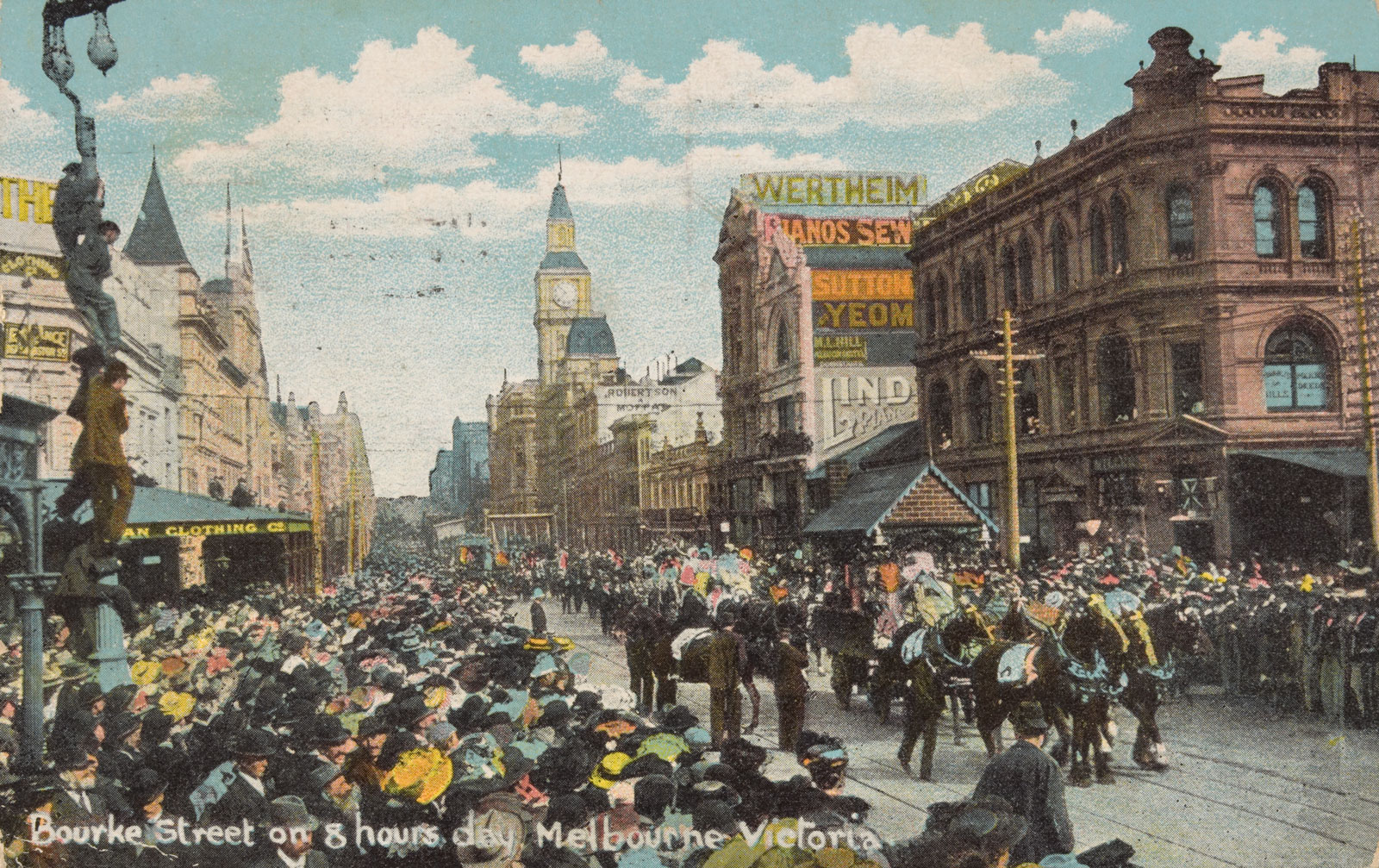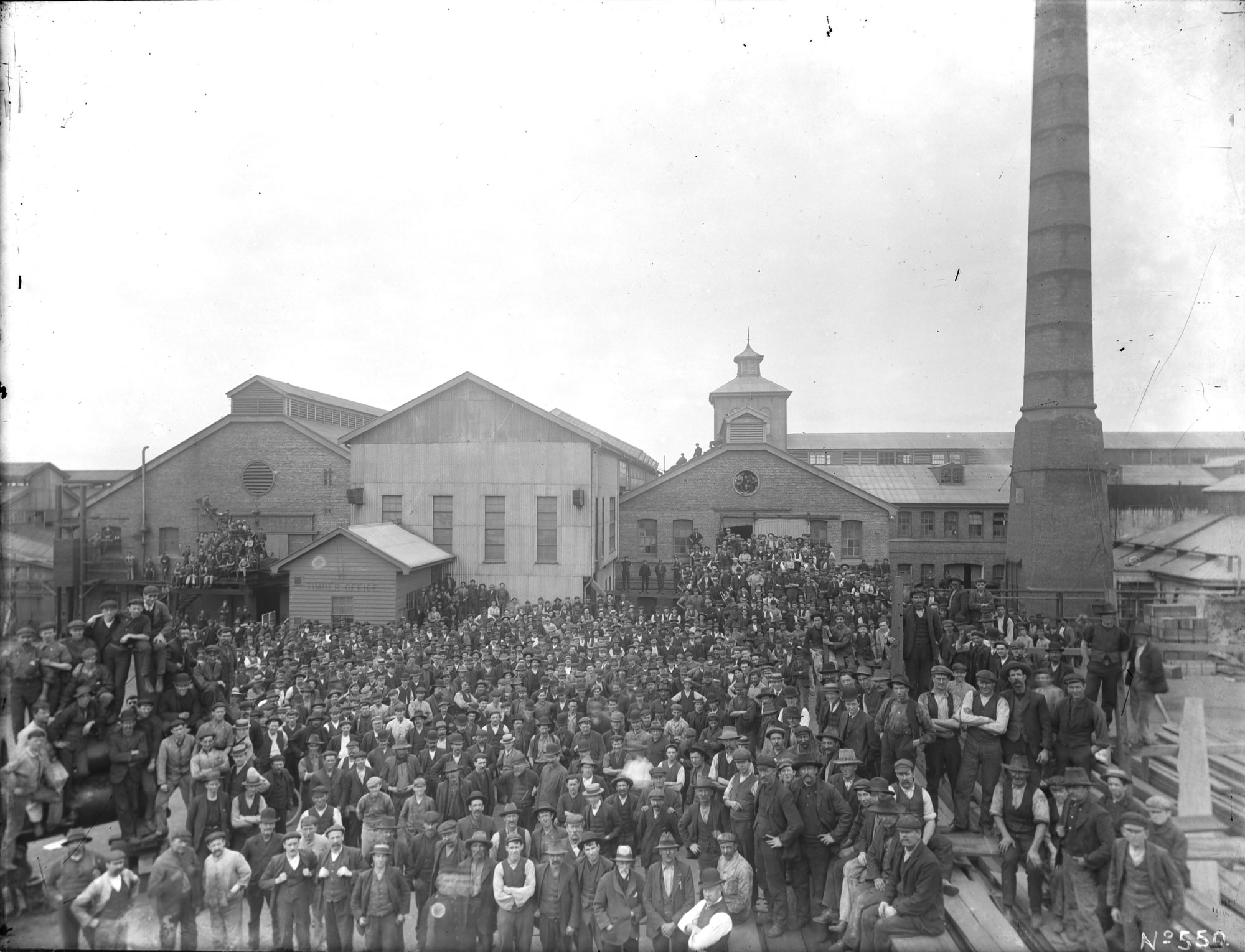Industrial Revolution Defining Moments, 1750–1914

- Year level 9
- Investigations 3
- Activities 10
- Curriculum topic Industrial Revolution
1. Overview of the learning module
Introduction
This learning module provides resources and classroom activities for teachers to use in their Australian Curriculum: Humanities and Social Sciences Year 9 classrooms.
It supports the History knowledge and understanding strand, exploring the impacts of the Industrial Revolution from 1750 to 1914 on Australia.
The learning module focuses on one of the key inquiry questions in the history element of the curriculum: Year 9, Depth Study 1, Making a better world? The Industrial Revolution (1750–1914) and its impacts on Australia.
The learning module is self-contained, and can be used in any of the following ways:
- as whole class activities with all students studying a number of Defining Moments in Australian History that help them understand aspects of Australia’s history
- distributed between small groups, with students reporting back on their findings to the whole class
- as selected enrichment activities for individual students.
The investigations provide a rich digital resource for classroom use. They include contextual information, documents, images, scaffolded comprehension, analytical and extension questions, and individual, group and class activities. Using these materials and activities, students can explore aspects of twentieth century Australian history through text, images and objects.
The learning module has been designed to draw on the National Museum of Australia’s Defining Moments in Australian History, together with some supplementary resources.
What constitutes a defining moment in Australian history, and why some issues and situations can be considered more significant than others, is an underlying theme that can be raised with students throughout the module.
Module snapshot
The learning module can be used to create a set of preliminary ideas, understandings and questions that will help students investigate the topic in more detail.
The unit provides ways in which students can develop their knowledge and understanding of, and empathy with, people and events of the time, while developing a range of mandated learning skills.
Students can use the online and print resources in the classroom, as well as following the model to carry out further research into the people and events chosen by the teacher or the students.
The case studies involve students in small amounts of reading, and interpretation of visual and some written documents.
It contains:
-
Activities 1 and 2 explore change at a personal level, and also how change in a society has causes and consequences. Change also has different features: these can be economic, political, social or environmental. All changes have long-term and short-term consequences, and can have good or bad effects, or even both.
- There are three aspects looked at in this learning module:
The connection between the Industrial Revolution and migration to Australia
The wool industry and steam-powered machines
Reformist and democratic ideas.
Note that the investigation only covers the Australian experience and consequences of the Industrial Revolution. It would be useful for students to look at the industrialisation of Britain prior to undertaking the investigation.
Students could be asked to investigate all these individually, or to choose some of these aspects, and report their findings back to the whole class.
The investigations cover some of the main impacts of the Industrial Revolution but students can be encouraged to research some others.
-
The final activity is a scaffolded essay writing task. This activity provides students with a range of appropriate information to choose from, allowing the opportunity to evaluate evidence to form an argument, and to practise their skills in planning an essay with clear paragraphs.
2. Student activities
Student activities
Setting the scene
Investigation 1: Introducing the Industrial Revolution (1750–1914)
Investigation 2: Understanding the consequences of a change in technology
Investigation 3: The Industrial Revolution: Australia and Ideas
Bringing it together
3. Relevant Defining Moments in Australian History
The learning module draws on the resources on the Defining Moments in Australian History website, together with supplementary materials.
Defining Moments that are relevant to the inquiry questions in the curriculum include:
|
1797 |
Investigation 1 |
|
|
1813 |
Investigation 1 |
|
|
1815 |
Governor Macquarie establishes Bathurst — first inland European settlement |
Investigation 1 |
|
1830 |
The ‘Black Line’ — settler force attempts to corral Aboriginal people on the Tasman Peninsula |
Investigation 1 |
|
1833 |
Convict transportation to Australia peaks when nearly 7000 people arrive in one year |
Investigation 1 |
|
1854 |
Investigation 1 |
|
|
1856 |
Investigation 3 |
|
|
1856 |
Investigation 1 |
|
|
1887 |
Investigation 1 |
|
|
1894 |
Investigation 3 |
|
|
1902 |
Commonwealth Franchise Act gives women the vote in federal elections |
Investigation 3 |
|
1907 |
Investigation 3 |
|
|
1908 |
Investigation 3 |
|
|
1912 |
Investigation 3 |
Simplified versions of many of the relevant Defining Moments are also available:
|
1797 |
Investigation 1 |
|
|
1813 |
Opening up the continent — Europeans cross the Blue Mountains |
Investigation 1 |
|
1815 |
Investigation 1 |
|
|
1830 |
Investigation 1 |
|
|
1833 |
Investigation 1 |
|
|
1854 |
Investigation 1 |
|
|
1856 |
Investigation 3 |
|
|
1887 |
Investigation 1 |
|
|
1894 |
A world first for women — Women granted the vote in South Australia |
Investigation 3 |
|
1902 |
Women’s suffrage — Women granted the vote in federal elections |
Investigation 3 |
|
1907 |
A ‘fair and reasonable wage’ — ‘Harvester Judgement’ establishes a living wage |
Investigation 3 |
4. Australian Curriculum level and focus
Historical knowledge and understanding
Students will cover the following areas:
- The technological innovations that led to the Industrial Revolution, and other conditions that influenced the industrialisation of Britain (ACDSEH017)
- The population movements and changing settlement patterns during this period (ACDSEH080)
- The experiences of men, women and children during the Industrial Revolution, and their changing way of life (ACDSEH081)
- The short and long-term impacts of the Industrial Revolution, including global changes in landscapes, transport and communication (ACDSEH082)
Historical skills
Students will exercise the following historical skills:
Chronology, terms and concepts
- Use chronological sequencing to demonstrate the relationship between events and developments in different periods and places (ACHHS164)
- Use historical terms and concepts (ACHHS165)
Historical questions and research
- Identify and select different kinds of questions about the past to inform historical inquiry (ACHHS166)
- Evaluate and enhance these questions (ACHHS167)
- Identify and locate relevant sources, using ICT and other methods (ACHHS168)
Analysis and use of sources
- Identify the origin, purpose and context of primary and secondary sources (ACHHS169)
- Process and synthesise information from a range of sources for use as evidence in an historical argument (ACHHS170)
- Evaluate the reliability and usefulness of primary and secondary sources (ACHHS171)
Perspectives and interpretations
- Identify and analyse the perspectives of people from the past (ACHHS172)
- Identify and analyse different historical interpretations (including their own) (ACHHS173)
Explanation and communication
- Develop texts, particularly descriptions and discussions that use evidence from a range of sources that are referenced (ACHHS174)
- Select and use a range of communication forms (oral, graphic, written) and digital technologies (ACHHS175)
Interdisciplinary thinking
Students will have engaged with the concepts of:
- significance
- continuity and change
- cause and effect
- place and space
- interconnections
- roles, rights and responsibilities
- perspectives and action.
Cross-curriculum priorities
Students will have been involved in additional learning about aspects of:
- Aboriginal and Torres Strait Islander societies
- Asia and the Pacific
- sustainability.
Source: The Australian Curriculum Humanities and Social Sciences v8.3, December 2016, viewed 1 November 2018
5. History outcomes matrix
All case studies in the learning module have been designed to help students develop the knowledge and skills outcomes specified in the Australian Curriculum — History. At the end of each case study teachers could use this matrix to help guide student discussion about what they have achieved from the case study. The matrix is suitable to be used from Years 5–10, but with teachers guiding the discussion as appropriate to the particular class. It could also be used for assessment purposes.
| Outcome | Elaboration or explanation | Applying this to each case study |
|---|---|---|
| KNOWLEDGE | Comprehending what happened factually. | What happened? |
| UNDERSTANDING | Being able to explain what happened and why. | Explain why it happened. |
| CHRONOLOGY | Knowing how events occurred in time and place. | Explain how events unfolded. |
| CAUSE AND EFFECT | Understanding why events occurred as they did and the impacts or effects they had. | Explain the causes of the event and its impacts. |
| EMPATHY | Looking at events from the different perspective of participants. | Why do you think people at the time might have behaved in this way? |
| CHANGE AND CONTINUITY | What changed and what remained the same after the event. | Explain how the event changed some aspects, but not others. |
| VOICE OR AGENCY | Understanding whose voice or perspective is included and excluded in the record of the event. | Which people or groups involved in, or affected by, the event have been represented? Which groups have not yet been represented? |
| JUDGEMENT | Deciding on the benefit or harm created by the event. | Explain why you think the event was beneficial or harmful, or both. |
| SIGNIFICANCE | Explaining why it might be considered a ‘Defining Moment’ in Australian history. | Do you think it was a significant and impactful event? Explain why you do or do not think this event is significant to Australian history. |
6. History source analysis guide
Some of the case studies involve students using historical skills to evaluate primary sources of evidence. This process involves identifying ‘bias’ but also many other features of the evidence. Students can use a source analysis guide to help them interrogate sources.
| Aspects | Elaborations | Document | Image | Artefact |
|---|---|---|---|---|
| DESCRIPTION | How would you describe or classify it? What type of evidence is it? | e.g. an official government report, a diary entry, transcript of an interview recorded 40 years after the event | e.g. a photograph from the time, a propaganda poster, a satirical cartoon | e.g. a made object |
| ORIGIN | Who created it? When? Where? | e.g. an eyewitness account from a participant on one side, a family story handed down for generations, a newspaper report that quotes several participants | e.g. an eyewitness, a government body, a newspaper cartoonist | e.g. created at the time, used at the time, technique used, materials used, made by all or specialised skills |
| CONTEXT | What were the conditions at the time? How could they have influenced its creation? | e.g. created during a period of crisis, created years later after the events had finished | e.g. created during a period of crisis, created years later after the events had finished | e.g. typical of the time or an innovation, specialised or mass production |
| AUDIENCE | Who was it created for? How widespread would it have been? | e.g. a political party, a mass protest, an official inquiry, a personal record | e.g. a political party, a mass protest, an official inquiry, a personal record, a readership | e.g. elite people or ordinary people |
| PURPOSE | Why was it created? What is its style or tone? | e.g. as an official record, to influence people to join a political party, to criticise somebody | e.g. to entertain, to persuade or influence, to criticise, to reveal information, to record facts | e.g. everyday use or specialised use, domestic use or trade |
| RELEVANCE | What does it help you know and understand about what you are investigating? | e.g. people involved, places, times, attitudes, values of the time, supporters and opponents | e.g. people involved, places, times, attitudes, values of the time, supporters and opponents | e.g. work, leisure, education, attitudes, values, everyday life, food |
| RELIABILITY | What is its authority, accuracy and believability? | e.g. factual accuracy, person in a position to know, first-hand or second-hand | e.g. factual accuracy, person in a position to know, first-hand or second-hand | e.g. typical or unusual, how closely associated with the events |
7. Learning at the National Museum of Australia
Enjoying our online teaching resources? Why not check out what else we have to offer?
We run onsite school programs, digital excursions and teacher professional learning programs.
Discover more about defining moments in Australian history through these curriculum-linked learning activities.








